Miserable Malalignment Syndrome Pictures
Miserable malalignment syndrome pictures. Early walking before age 1. Fifty years ago Dr. Miserable malalignment syndrome is typically seen in an older child with knee pain or instability.
Infantile Blounts disease is typically seen in a toddler older than 18 months with varus angulation and medial tibial torsion. In some cases the posture problems can be associated with pain and instability that can affect overall movement. Available for iPhone iPad Android and Web.
The condition manifests in the form of constant pain in the legs hips and lower back. Malalignment Syndrome 82011 6 Reorientation of the thorax and shoulder girdles and asymmetries of muscle tension alter the ranges of motion possible at the shoulder joints. Malalignment syndrome refers to an asymmetrical alignment of the bones of the pelvis trunk and extremities that can result.
Hughston one of the founding fathers of American Sports Medicine imparted a vernacular term for rotational deformities of the lower extremity Miserable Malalignment Childhood photo of patient showing visible malrotation. The authors identified and retrospectively reviewed 14 consecutive patients with 27 limbs associated with excessive femoral anteversion excessive tibial outward rotation and patellofemoral pain. The malalignment syndrome is characterized by the following features.
External tibial torsion pronated feet. The two opposite rotations of the femur and tibia leave the patients feet to stay parallel during walking This means the malalignment of the hips and knees may go. Known simply today as Rotational Deformity the condition is frequently misdiagnosed imposing years of pain discomfort and a less.
Miserable malalignment syndrome is difficult to diagnose because the legs can appear normal on X-rays. The NovemberDecember issue of Massage and Bodywork magazine concludes the two-part series I wrote on miserable malalignment syndrome MMS click here to view the articleTo recap MMS involves a series of interrelated biomechanical dysfunctions throughout the lower extremity kinetic chain including. Obesity 95 for the age is typical.
A broad pelvis a large Q angle femoral anteversion along with a squinting. Pain in the knee in adolescents is multifactoral.
Corso suffered from the condition.
Miserable malalignment syndrome is a rare cause of anterior knee pain in late childhood and adolescence caused by a characteristic combination of twists tor. The typical pattern includes a decrease in right internal left external rotation and a decrease in left extension. Malalignment Syndrome 82011 6 Reorientation of the thorax and shoulder girdles and asymmetries of muscle tension alter the ranges of motion possible at the shoulder joints. Miserable malalignment syndrome MMS is a term used to describe a triad of anatomic findingsexcessive femoral anteversion inward rotation of the knee relative to the hip increased knee Q angle alignment that creates an outward pull on the knee Miserable malalignment syndrome MMS. Ligamentous laxity Ehlers-Danlos syndrome previous patellar instability event miserable malalignment syndrome a term named for the 3 anatomic characteristics that lead to an increased Q angle. Known simply today as Rotational Deformity the condition is frequently misdiagnosed imposing years of pain discomfort and a less. Knee Pain AnteriorPatellofemoral Malalignment Syndrome answers are found in the Select 5-Minute Pediatrics Topics powered by Unbound Medicine. Available for iPhone iPad Android and Web. External tibial torsion pronated feet.
Miserable malalignment syndrome is difficult to diagnose because the legs can appear normal on X-rays. Available for iPhone iPad Android and Web. The malalignment syndrome is characterized by the following features. Known simply today as Rotational Deformity the condition is frequently misdiagnosed imposing years of pain discomfort and a less. TORSIONAL MALALIGNMENT SYNDROME Knee Malalignment By. Poor posture can present different symptoms of malalignment syndrome in different individuals. The most common change being the internal rotation of the femur thigh bone this rotation usually occurs at the distal end where the femur forms the knee jointSecondly is an inward facing patella kneecap which is referred to as a winking patella.





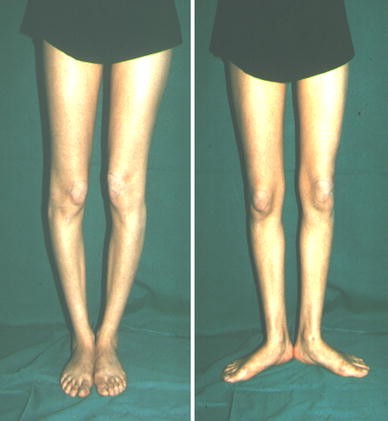

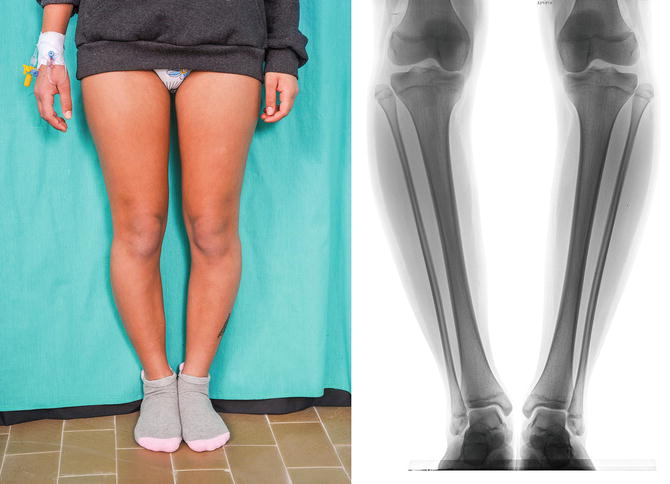
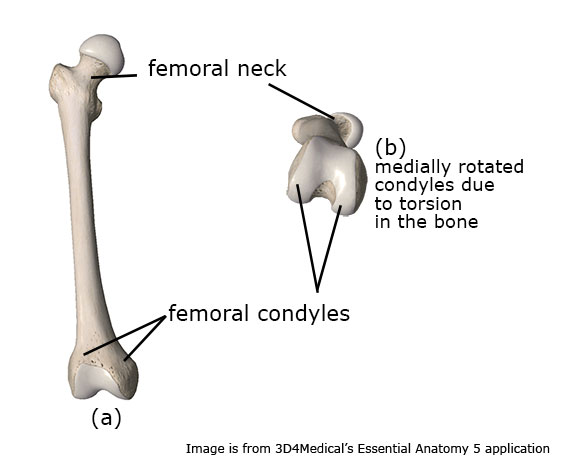
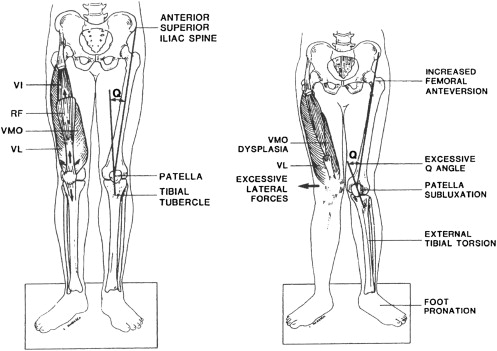
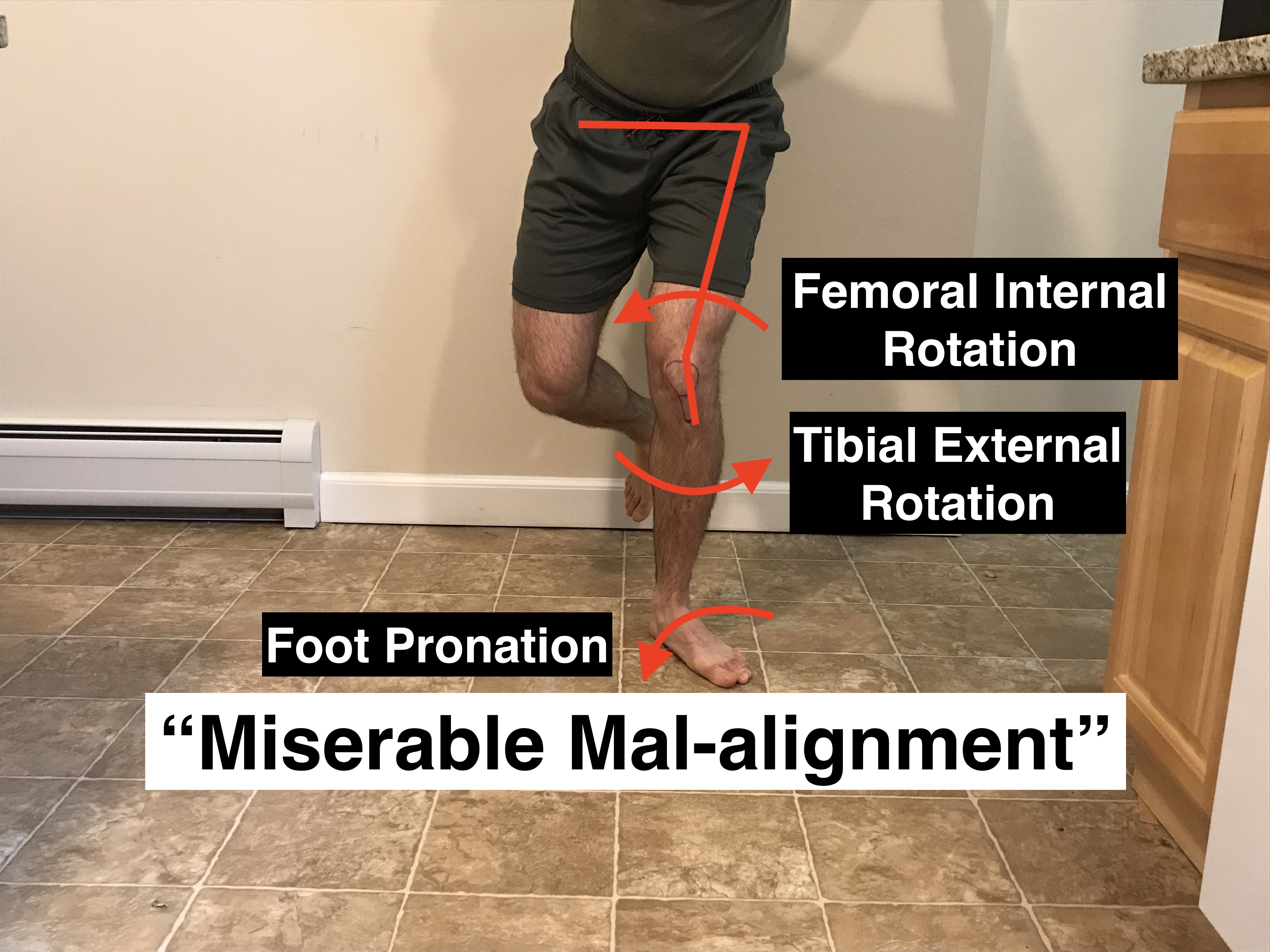




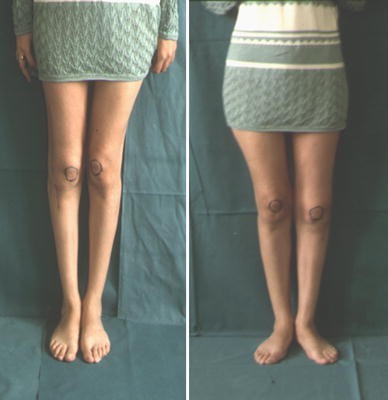


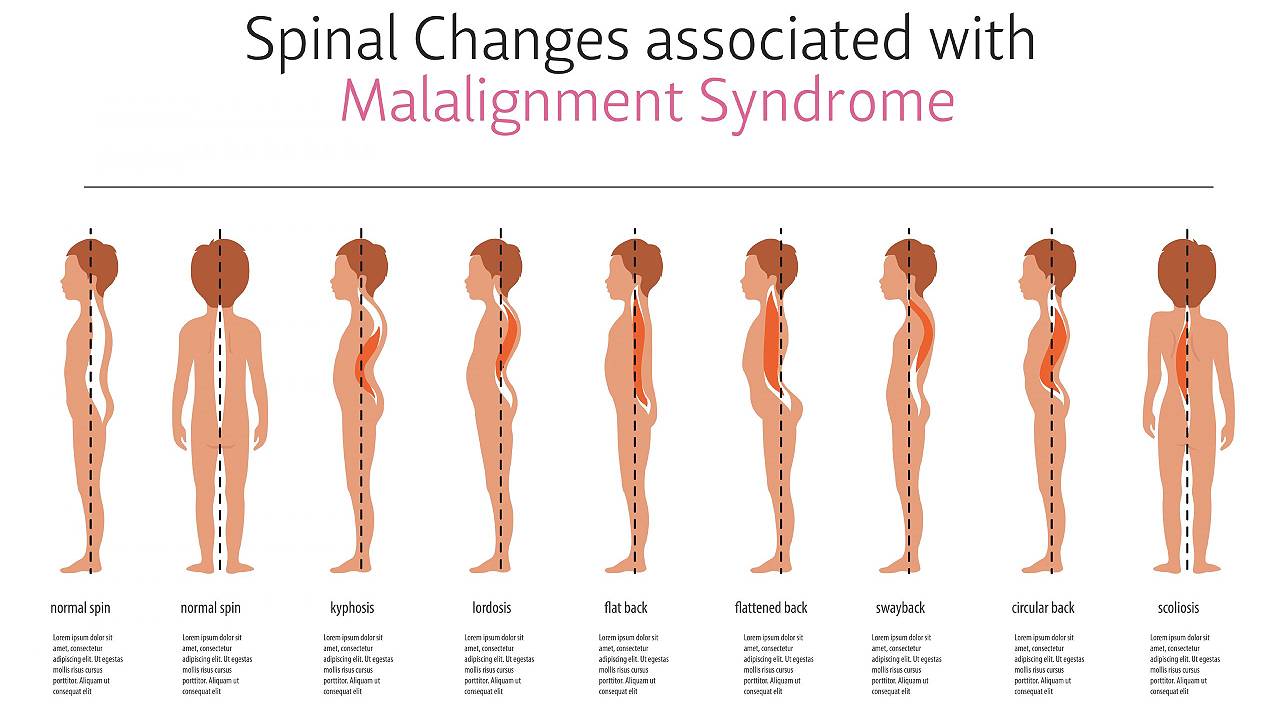






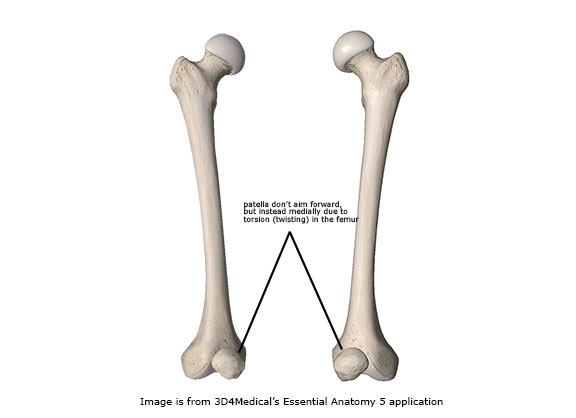
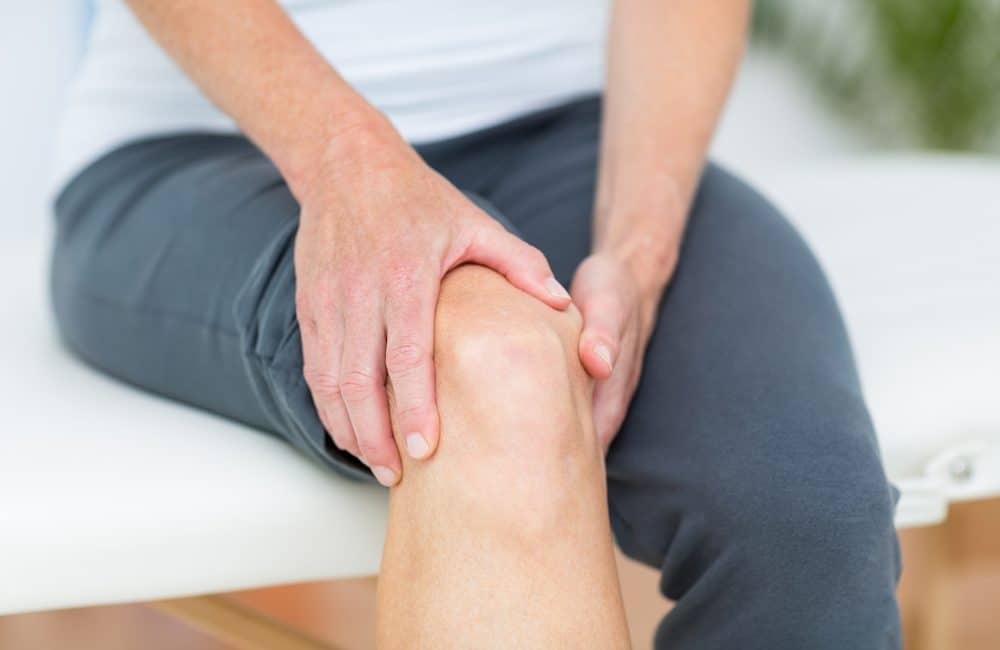

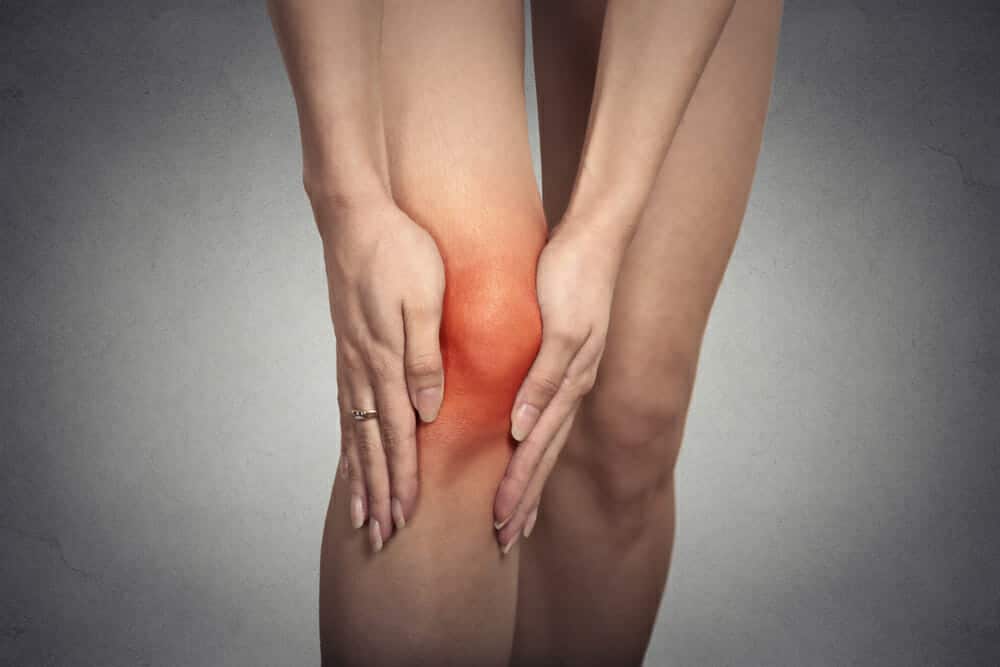




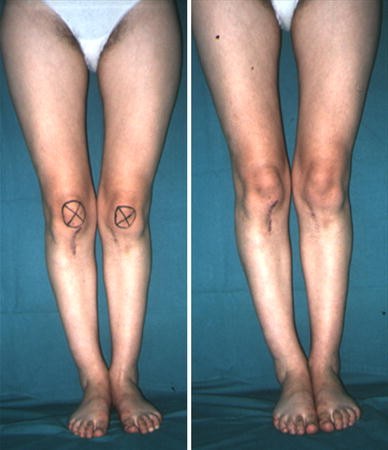









Posting Komentar untuk "Miserable Malalignment Syndrome Pictures"